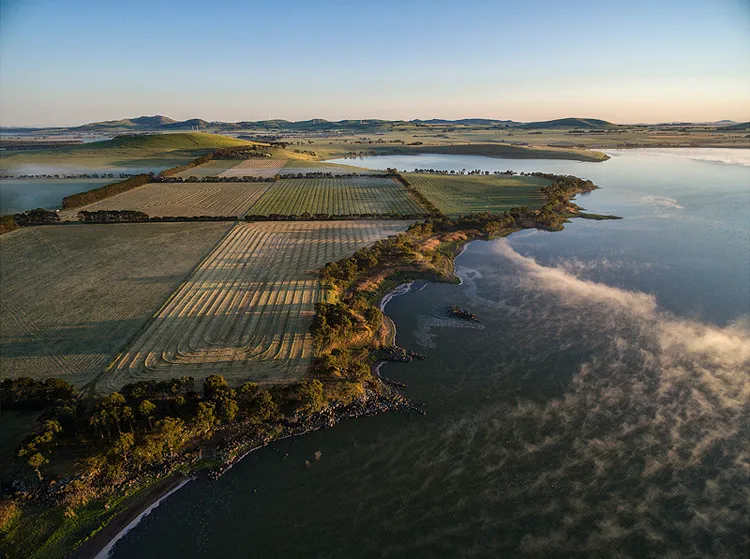Drone Photography to take part in breathtaking and serious photography in remote locations has never been more accessible. Drones, and unmanned flying cameras, represent a revolutionary leap in aerial photography. Akin to a remote-controlled toy for photo enthusiasts, these devices offer both fun and important innovations in aerial photography.
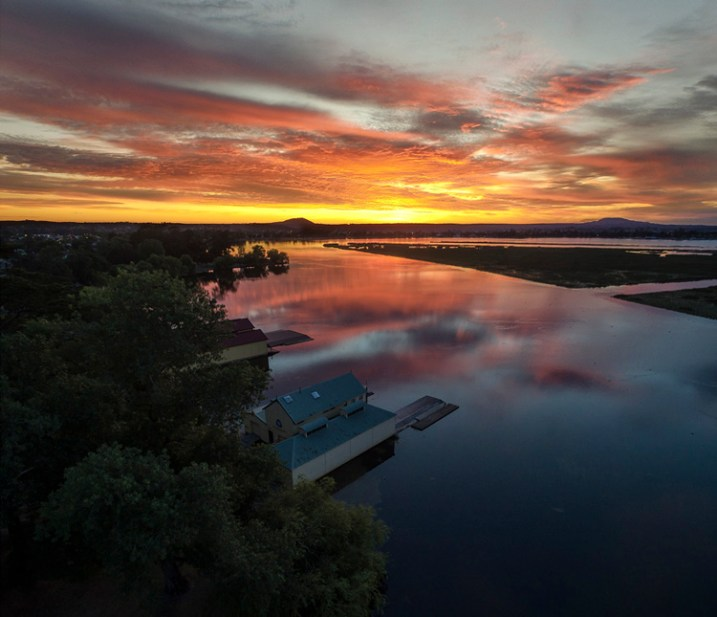
The Dronegenuity Mega-Guide to Drone Photography
This guide caters to both seasoned drone photographers and beginners venturing into drone and aerial photography first. We’ll delve into drone and aerial photography, and foundational aspects, guide you in adjusting camera settings, offer tips for using drone photography capturing shots in the air, and shooting, and provide the best post-processing techniques to enhance your final work.
1. Camera Basics for Beginner Photographers
The miniaturization and use of high-res cameras and powerful lithium-ion batteries have fueled photography and videographers’ creativity. Modern drones, equipped with cameras, can capture remarkably clear images during flights lasting 20 minutes or even more.
Today, prosumer drones typically feature off-the-shelf cameras. For beginners integrating a camera, understanding key and important control variables is crucial. While adding a camera, such as a GoPro, to a non-camera drone is always possible, most drones now come with integrated camera systems.
Imaging Considerations
Today, the same technology that allows you to capture amazing high-resolution videos and still images on your smartphone makes something also like attaching lightweight cameras to drones possible.

Image Capture Rate
Certain aerial cameras operate at 30 frames per second (fps), while others function at 60 fps. Individuals seeking occasional slow-motion playback should opt for a higher frame rate to uphold image quality.
Other Camera-related Considerations
The camera constitutes just a part of the overall drone system, and making an informed purchase involves considering how all components harmonize with your specific needs. For instance, certain cameras have a maximum memory card capacity of 64 GB. Here are other crucial factors:
Live Streaming
Earlier aerial cameras stored video and images solely on an SD card, with downloads after the flight. Modern full drones with cameras, like the DJI Mavic, Phantom, and Inspire series, often combine high-definition video and images with live streaming. Real-time or near-real-time imaging provides enhanced flexibility for drone photographers, with some systems capable of shooting and streaming images from distances up to four miles.
Gimbals
For optimal shooting flexibility, you need to always seek to get a drone equipped first with a camera mounted on a 360-degree gimbal. This allows you to freely rotate the camera during flight.
Batteries
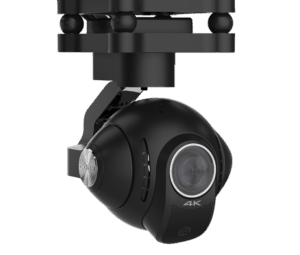
Flight time capacity varies among drones, with some offering only half the duration of others. A value-priced drone may rely on a lithium-ion battery, providing around 7-10 minutes of duration of flight. Conversely, more advanced systems with LiPo battery power can keep the drone airborne for 20 to 25 minutes or more. For extended operations, investing in extra batteries is wise.
Matching your needs to the right drone is crucial. Leading manufacturers like DJI and Parrot offer diverse models, allowing you to align camera capabilities with your requirements. All rights reserved.
1. Selecting a drone tailored to your needs and expertise
A quick Google search for “drone” reveals an overwhelming array of options. What factors should you truly ponder when making a choice?
The market primarily offers two drone types: those equipped with built-in or on-board cameras and those allowing attachment use of external cameras. Drones with built-in cameras tend to be much larger, but their cameras may lack high resolution, impacting photo quality. On the other hand, much smaller drones with built-in cameras where you can attach your camera like you use a GoPro might be much more manageable, leveraging your existing camera skills to get by shooting, even while focusing on mastering flight.
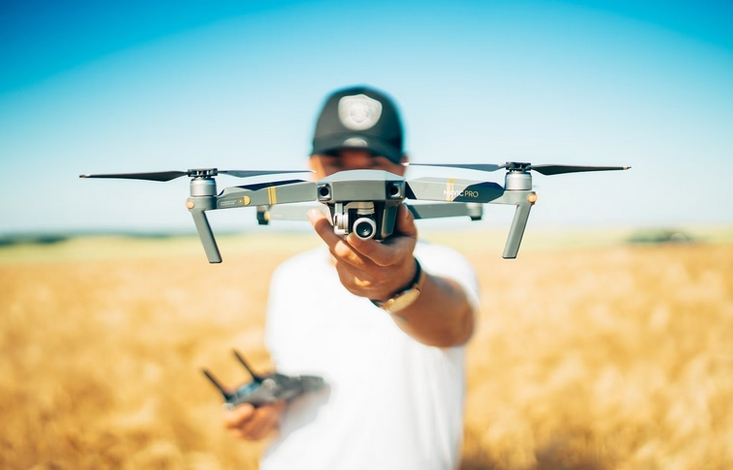
Consider your drone piloting abilities as a crucial factor. For novice drone photographers, opt for sturdier, lighter, and more affordable drones. These models, lacking the complexity of heavier, advanced drones, are ideal for beginners. Choose a drone that aligns with your skill level.
Understanding your drone’s capabilities is equally important. Some drones are suitable only for indoor flights, while others come equipped with night shooting capabilities. Drones also vary in their range of flight. Clearly define your objectives, explore the features of potential drones, and select one that best fulfills your specific needs.
2. Thoroughly review the user manual
While perusing images from the instruction manual may not match the thrill of flying your first and best-ever drone camera over the ocean, it significantly increases your chances of mastering drone photography.
The comprehensive information you need to get serious about your new drone is best found in the instruction manual. It provides answers to questions you may not have realized you had. Understanding your drone’s capabilities reduces the time you need or want to spend adjusting it, allowing you to focus much more on enhancing the quality of your shots.
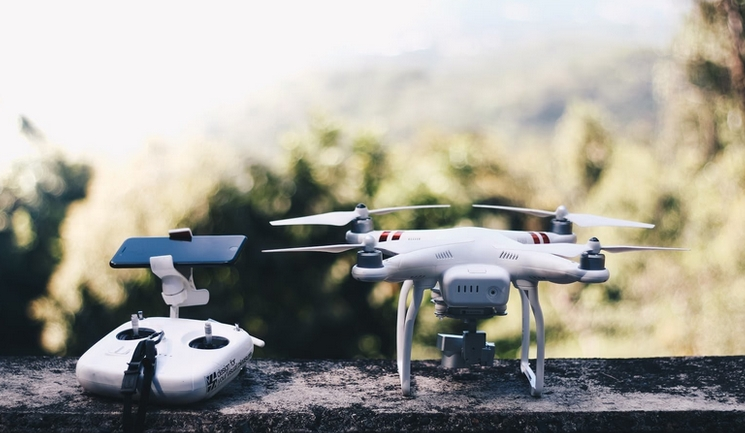
3. Familiarize yourself with your drone’s features
Drones come equipped with diverse features to enhance your flying and shooting experience. Understanding these features is crucial for efficient use and effective drone photography.
While specifics may differ across brands and drone types, typical features include:
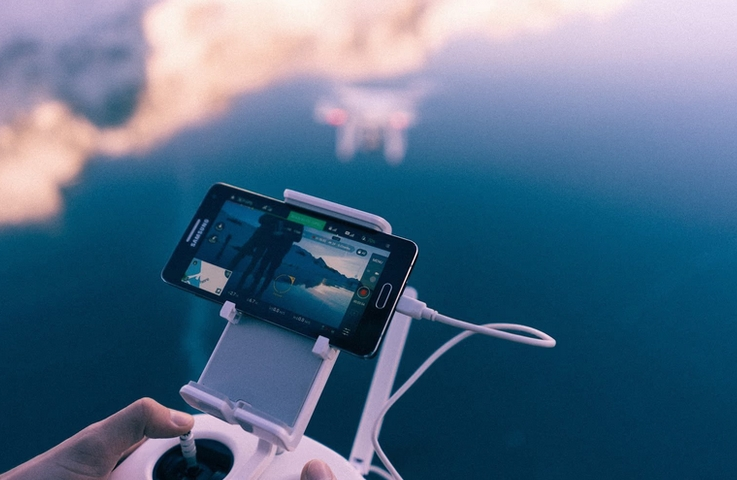
This feature mode is ideal to use for newcomers as it always provides a direct view of your drone’s captured footage, improving the likelihood of capturing excellent shots.
Smart Mode
Smart mode essentially serves as “beginner mode,” designed to assist newcomers in maximizing the quality dynamic range of their shots.
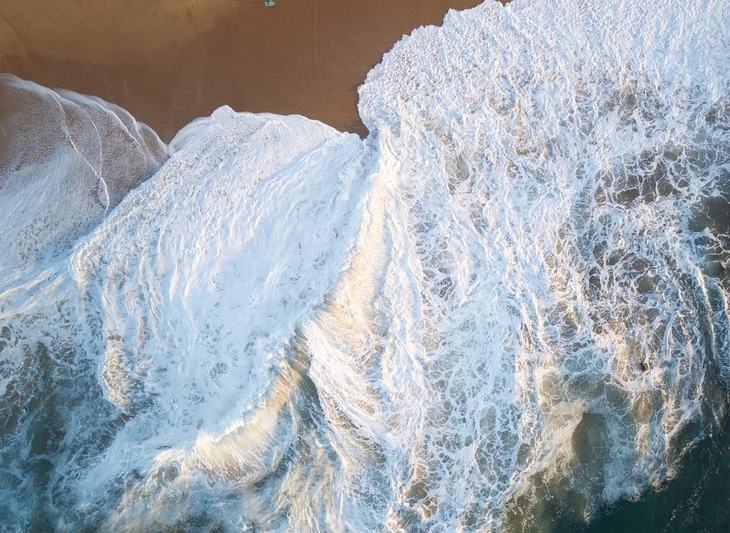
For instance, if you lack experience shooting and find it’s a windy day and want to get up to take off to get up to take off, you may find you struggle to pilot and control your drone smoothly, resulting in shaky photos. Smart mode often includes a stabilization feature to address this issue.
Tracking
Some drones feature a “follow-me” mode option, integrating advanced visual recognition with your smartphone’s GPS to get the best assistance in capturing the ideal photo.
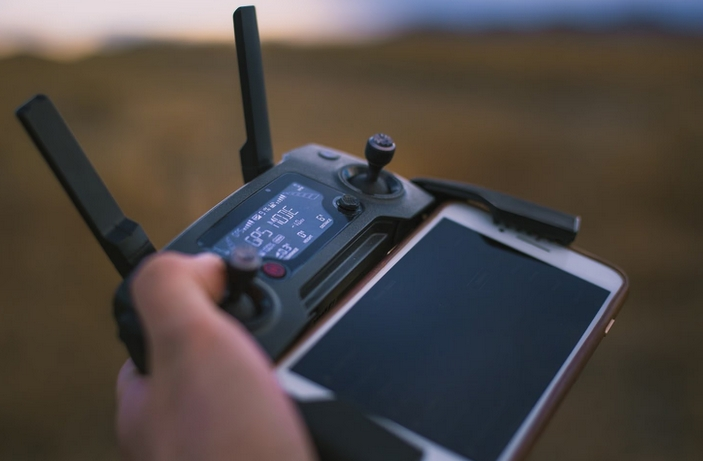
If you wish to include yourself in the shot, this technology makes it possible: simply place your phone in your pocket, activate the “follow-me” mode option, and shoot, and the drone will ensure you stay within the frame.
Geofence
A geofence imposes limits on how far and how high your drone can fly, essentially creating an invisible boundary. Attempting to surpass these limits will result in complications.
Drone photographers hold diverse views on these features—some deem them beneficial, while others do not. Determine which features you can leverage to maximize your own drone camera’s capabilities.
4. Familiarize yourself with federal, state, and local drone regulations
Due to the increasing popularity of unmanned aircraft, there have been significant advancements in the legal aspects governing the locations, methods, and individuals permitted to operate drones.
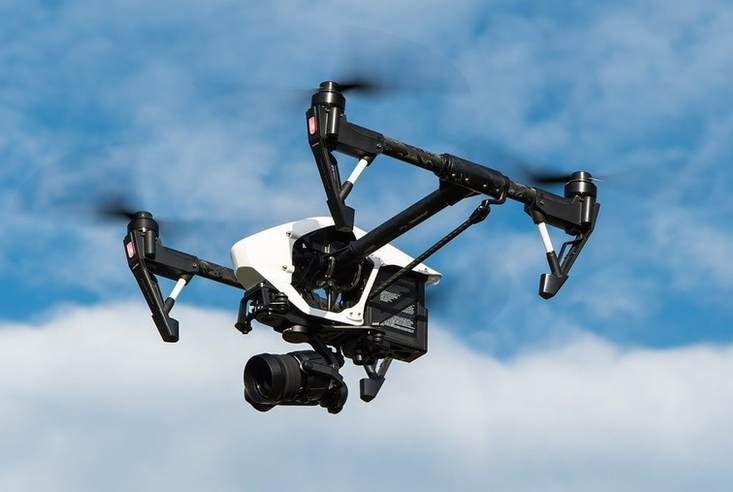
As an example, in the United States, Unmanned Aerial Vehicles (UAVs) with a weight ranging from 0.55 to 55 lbs. necessitate registration with the Federal Aviation Administration (FAA). This implies that similar to registering a car, you must disclose information about your aircraft before taking it to the skies. The process is straightforward: pay a nominal fee and provide your name, address, and email.
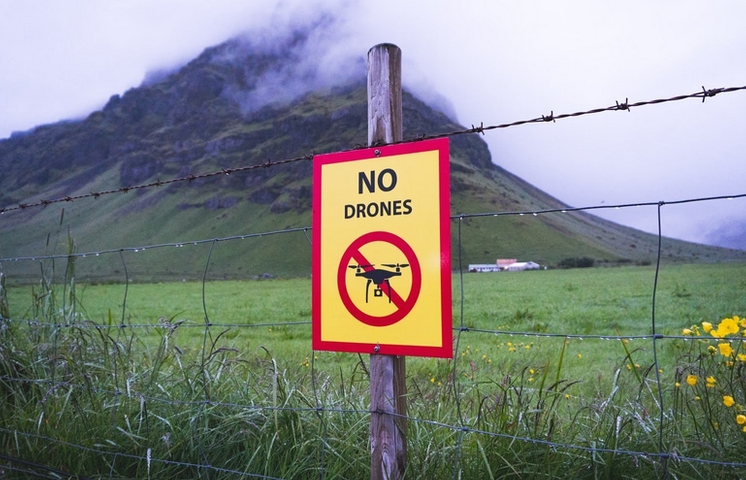
There are regulations governing where you can use, fly, and operate your drone. For the first instance, flying your drone near other aircraft, especially around airports, is prohibited.
While many laws are clear, some remain complex, especially concerning fines. Registration laws also vary by country. It’s essential to make sure you take the time to verify drone legality online before launching your drone photographer camera.
5. Create a pre-flight checklist
Despite knowing your drone’s capabilities and where you need to fly or want to fly and can fly it, it’s crucial to first establish a pre-flight check and checklist before taking it to the skies. This first check and checklist check not only ensures you have all the necessary items you need but also prioritizes safety for both yourself and those in your vicinity.
Before taking off, ensure the following:
- Fly Zone: Determine your flying location – is it a private or public space?
- Weather: Assess flying conditions and ponder using anti-stabilization for windy weather.
- Surroundings: Check for people around, assess safety for flying low/high, and consider their comfort with a drone nearby.
- Battery: Confirm all batteries are charged and know your estimated flight duration.
- Settings: Set the necessary resolution, camera brightness, frame rate, shutter speed, and ISO for your desired photo outcome.
- Propellers: Inspect propellers for straightness and potential replacements if needed.
- Motor: Check if the motor and mounts are in good condition. Ensure the motors rotate freely and listen for any unusual sounds. Confirm that the screws are securely tightened.
- Controls: If using a smartphone or tablet, ensure it’s prepared for the flight, with other apps turned off and fully charged. For a remote control, check for batteries, and ensure it responds appropriately to your drone.

With very much everything in order, it is also like it’s time to get down for the thrilling part – taking your drone for take spin.
6. Take your drone for a test drive
Imagine investing time and money in a new drone, attaching your expensive camera, only to lose control and see it crash. Avoid setting yourself up for such a disaster – conduct a test drive for your drone.
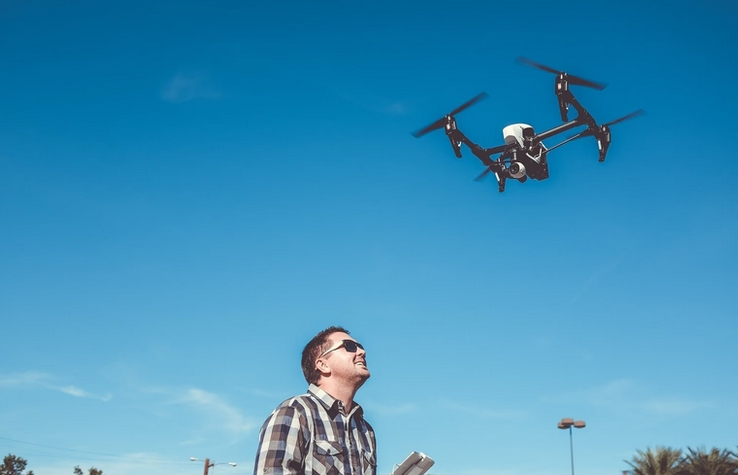
Each drone possesses unique characteristics, leading to important variations in its flight behavior. Launching your new device in a spacious environment to fly at first, such as a field or park (ensuring you get the best avoidance of significant crowds, private structures, and vehicles), provides an important first opportunity to familiarize yourself and get used to the controls while minimizing the potential for damaging or even breaking your drone.
Similar to other photography methods, mastering drone photography and flying is a continuous process of practice. Enhance your drone photography and flying skills to best maximize and control your use of drone photography and flying, and its potential.
Now, there’s no sense in journeying to find and shoot a breathtaking location, lifting your camera into the skies, only to capture oddly framed images and unclear photos. There’s an art to smoothly navigating across stunning landscapes, and this skill can only be honed through experience and experimentation.
Consider these key points:
7. Respect the Fundamentals:
Sometimes, when airborne, it’s easy to overlook the fundamental principles of photography. However, these principles, such as the rule of thirds, leading lines, and the golden ratio, still hold in the realm of drones. If you’re not well-versed in beginner techniques, it’s worthwhile to revisit the basics and acquaint yourself with these principles.
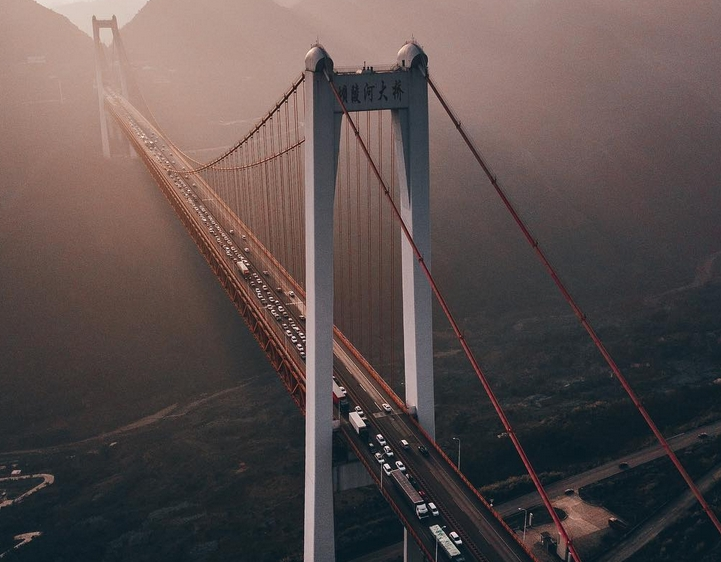
Search for symmetry and patterns: As you ascend to higher altitudes, make sure to always be vigilant for captivating scenes characterized by colors, shapes, and repetition. These elements often contribute to the creation of some of the most iconic aerial photographs.
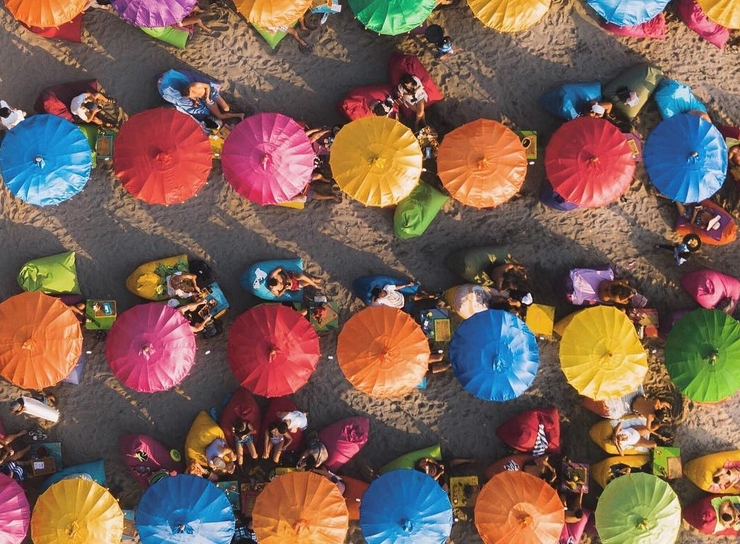
8. Explore essential accessories
Similar to any other camera, drones also need to come with various accessories that can be used to enhance your flying experience, shoot, take, or even improve the quality of your photos.
Batteries: One significant limitation to bear in mind is the relatively short battery life of drones. On average, a drone can fly for about 10 minutes, while higher-end models may extend this duration to around 20-25 minutes. To avoid spending a significant portion of your time near a power source or having to conclude your flight without capturing the desired shots, consider investing in additional batteries (and ensuring they are charged). Although they come at a cost, as a novice, it’s essential to ask yourself if you can afford to operate within such a restricted time frame.
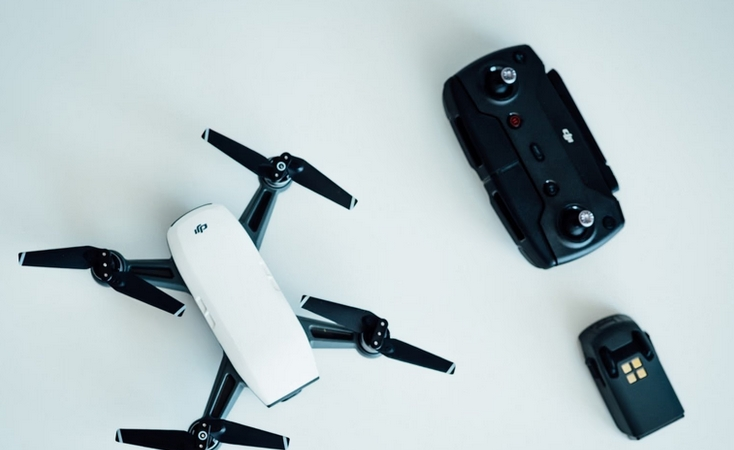
Propeller Guards
Accidents such as drone crashes or getting entangled in objects, especially when you are a novice, are not unusual. Approaching the propellers too closely may also pose a risk of minor injuries. Acquire propeller guards to prevent potential damage to your drone and make sure you take everything to ensure the safety of yourself and those who want to fly in your vicinity.
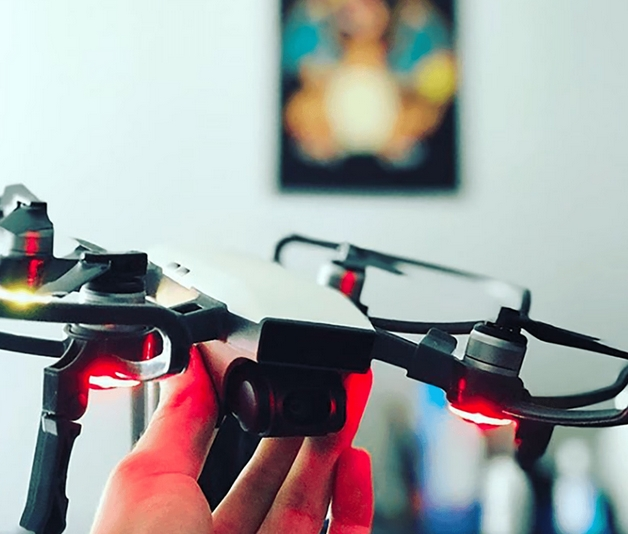
Additional Propellers
Propellers are delicate and detachable, making them prone to loss, especially during the learning phase. Consider purchasing extra propellers as a precaution. They are cost-effective and ensure you remain operational at all times.
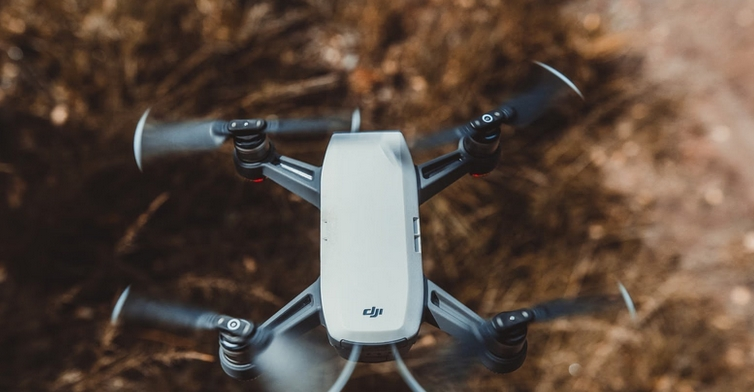
Additional SD Cards
Ensure you capture every hero shot without worrying about running out of space on your SD card. Drone shots consume considerable memory space, with a 2-minute 4k video using up to approximately 1GB. Regardless of the size, consider acquiring extra SD cards to guarantee you never miss a valuable shot.
Once you’ve taken care of the essential items you need, you can delve into more exciting accessories you want to fly with. From funky light kits that make your photography and night flying effortless to camera filters that automatically enhance the quality of your aerial photos, manufacturers are capitalizing on the drone’s popularity by producing a plethora of fantastic accessories you want to fly with.
Here are a couple of recommendations:
Mini drone landing pad
A blend of style and functionality, a drone landing pad ensures that even your flying UAV always touches down on a surface that won’t potentially cause damage.
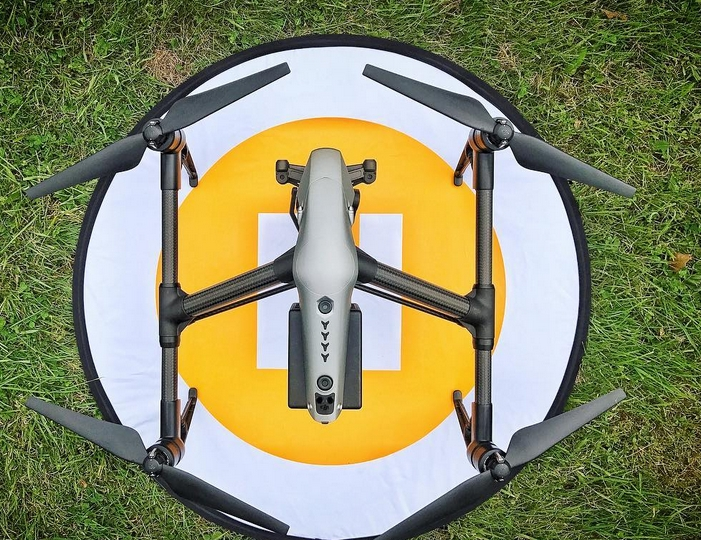
How to fly
Flying a drone for still photography is a straightforward process. Unlike shooting videos that may require complex maneuvers, still photography mainly involves positioning the drone for the perfect shots. It’s a matter of lifting the drone into the air, navigating it to the desired locations, and capturing images.
Your drone comes with a controller featuring two joysticks, which are connected to your phone or another device. These joysticks enable you to control and maneuver the drone. Simultaneously, your device displays the live feed from the drone’s camera. To ascend the drone, you need to simply push up on the left joystick, which controls altitude.
Raising the stick increases altitude while pulling it down lowers the drone. This same joystick is also responsible for turning the drone from side to side. The other joystick (on the right) guides the drone forward and backward with upward and downward movements. Left or right commands on this joystick cause lateral movement in the respective direction.
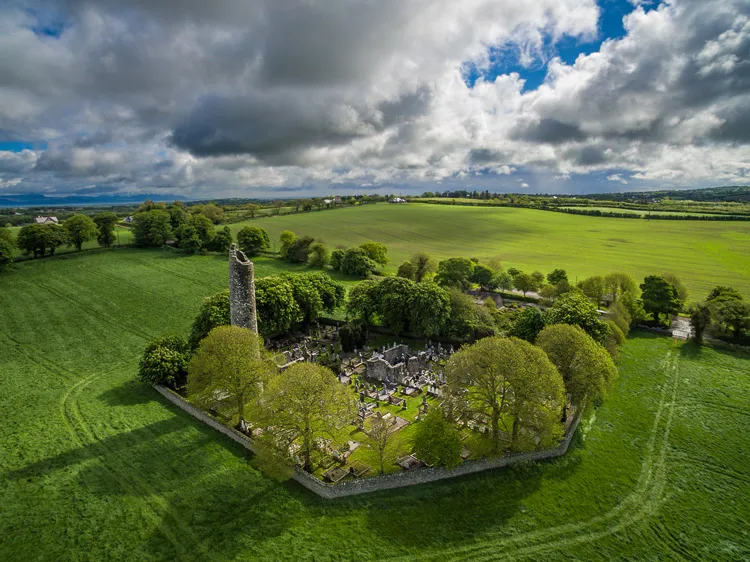
Monitoring the flight
To monitor your drone’s trajectory, you have the option of observing the drone directly or following its path through the screen on your phone. While manipulating the controller with your eyes on the drone is a viable approach, it is often more convenient to operate by viewing what the drone’s camera captures. The controller connects to your phone or another device, displaying the live feed from the drone’s camera along with relevant data. Keep in mind, though, that maintaining direct visual contact with the drone is essential.
Doesn’t sound too challenging, right? It isn’t. With a few flights, it becomes even more straightforward. Of course, there may be additional intricacies, and the experience can vary depending on the drone model you choose. Ensure to read the instructions thoroughly and watch instructional videos specific to your drone model for a comprehensive understanding.
You’ll be using a camera made for video
Now, let’s discuss the camera that comes with your drone. Starting with the positive aspects, drones typically boast high-quality cameras, especially for shooting videos. They consistently shoot and capture Ultra HD images, with the most serious drone photography capable of shooting in 4K video resolution mode – an exceptional feature.
However, the drawback is that drones tend to prioritize video capabilities over still photography. The sensors used are relatively small, comparable to those found in compact cameras. The resolution is typically moderate, ranging from 12-16 megapixels. These cameras often exhibit limited dynamic range, and their performance in low-light conditions is not particularly impressive.
Furthermore, the lens provided is likely to have constraints, usually featuring a fixed focal length, often in the wide-angle range of 15-20 mm. Additionally, the lens will have a fixed aperture, which means it cannot be adjusted.
Working with the limitations
Most of us would likely hesitate to go out for a photo shoot with such a restricted camera and lens. However, in the case of drone photography, the limitations aren’t as severe. Regarding the camera, first, it’s essential to remember that typically always occurs in daylight (as drone flights are restricted to within 30 minutes of sunrise and sunset in the U.S.), ensuring an abundance of natural light. Concerning the fixed aperture lens, the apparent limitation may not be as restrictive as it initially seems. Considering that everything in your drone-captured image will always be at a considerable distance, achieving focus at infinity, there’s less need for an extensive depth of field to keep everything sharp.
While aerial cameras do have their limitations, there are workarounds. Moreover, continuous advancements in camera technology for drones indicate that significant improvements in drone cameras and quality can be expected shortly.
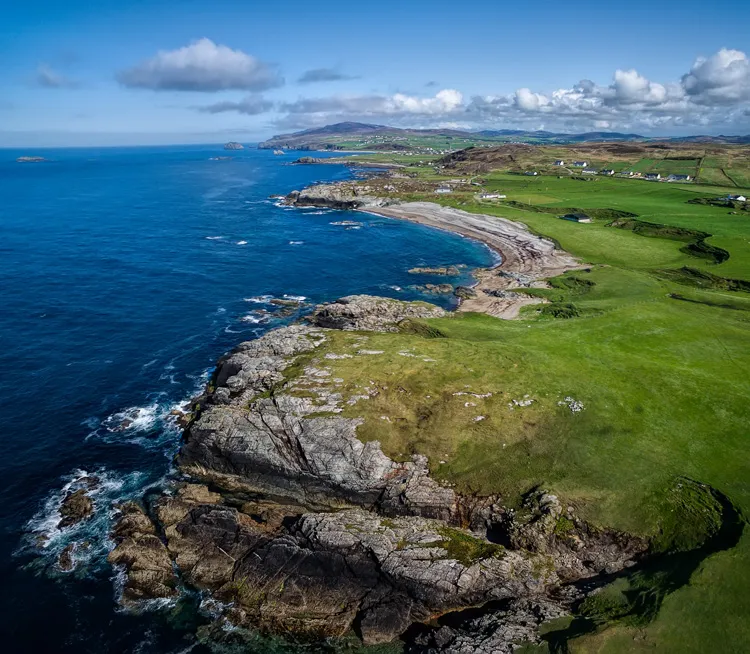
Tips for photographing with your drone
We have discussed the functionalities of drones and the fundamental principles of flying them. Now, let’s delve into capturing images with these devices. In many respects, aerial photography it’s comparable to operating a standard camera, with various modes to choose from, allowing you to manually adjust settings like shutter speed and ISO or let the camera configure them automatically. However, there are specific considerations you need to take in when using cameras on drones. Here are some tips to help you begin:
1. Consider Shooting in Automatic Mode
I am a committed manual-mode photographer when using my DSLR, and the thought of relying on automatic exposure rarely crosses my mind. However, when it comes to drone photography, I often find myself opting for automatic exposure mode. The reason behind this choice is the multitude of factors to manage when operating a drone. I prefer not to complicate matters by adding exposure control to the list of considerations.
Therefore, even for beginners venturing into drone photography, automatic mode is always a sensible starting point. Once you become much more accustomed to handling other controls, you can gradually transition to manually adjusting exposure settings. Regardless, the camera on your drone generally performs well in setting exposure levels, and you’ll encounter much fewer challenging exposure scenarios in this context.
2. Bracket your photos
Ensuring consistent and accurate exposure can be achieved by employing a technique called bracketing for your photos. Typically, aerial cameras can perform 3-shot brackets. Utilize this feature to capture shots with overexposure and underexposure, each by a stop. Consider this as a form of exposure insurance. Occasionally, you might prefer either the overexposed or underexposed shots on their own. In such instances, simply choose the preferred shot. Additionally, you have the option to blend the different exposures manually or use High Dynamic Range (HDR) software later for a more balanced result.
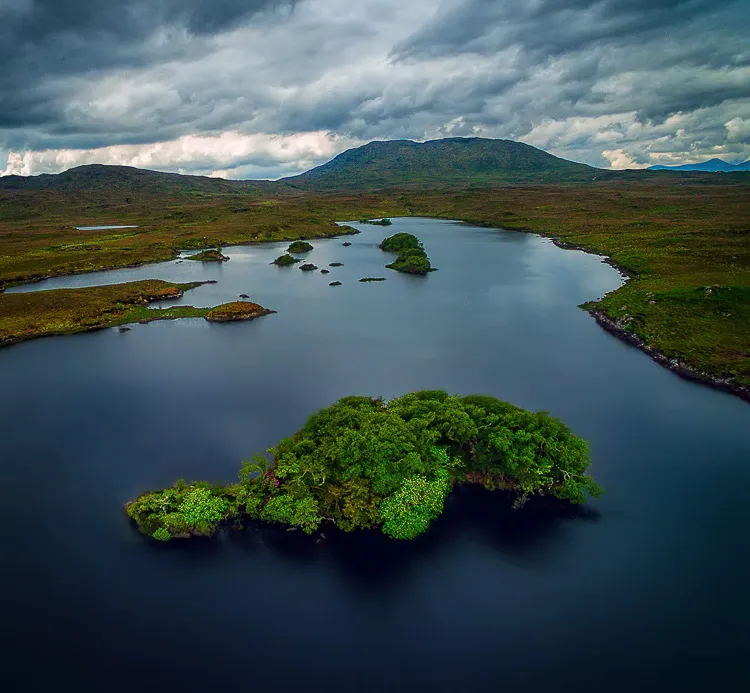
3. Use filters
As previously mentioned, your drone’s lens will probably feature a fixed aperture, offering limited flexibility in adjusting shutter speeds. However, there’s still a solution for shutter speed available; you can invest in neutral-density filters for your lens. While primarily used for video, these filters also prove beneficial to shutter speed for still photographers. By reducing the amount of light entering the camera, neutral density filters compel the camera to use a longer shutter speed.
Polarizing filters are another accessory you can consider for your drone. These filters effectively minimize reflections and enhance the richness of blue skies. In drone photography, where the sky frequently plays a crucial role in the image, these filters can be particularly beneficial.
4. Get multiple batteries
While not exclusively a photography tip, it holds significant importance. It’s crucial to invest in more than one battery for your drone. Drone batteries typically provide a limited flight time of 20-30 minutes, which can be quite restrictive. Additionally, if you plan to fly in multiple locations on the same day, the chances of recharging the battery between locations are usually slim. Therefore, having multiple batteries becomes essential for uninterrupted and extended drone usage.
While not exclusively a photography tip, it holds significant importance. It’s crucial to invest in more than one battery for your drone. Drone batteries typically provide a limited flight time of 20-30 minutes, which can be quite restrictive. Additionally, if you plan to fly in multiple locations on the same day, the chances of recharging the battery between locations are usually slim. Therefore, having multiple batteries becomes essential for uninterrupted and extended drone usage.
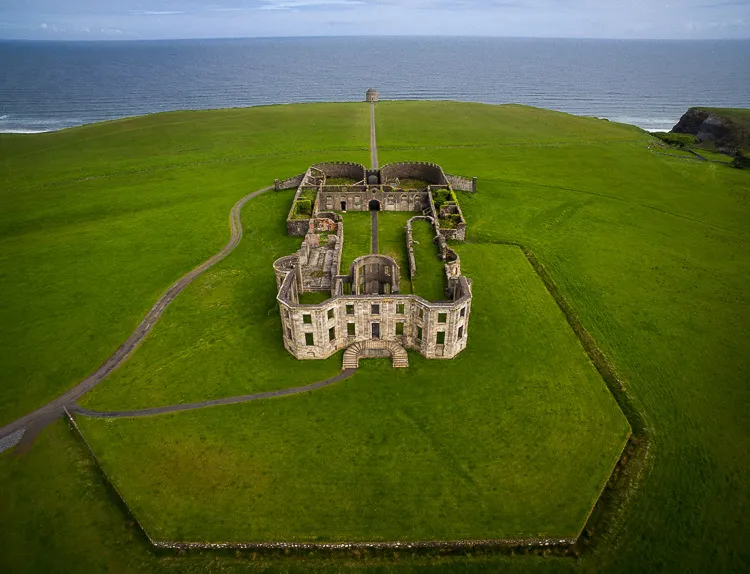
5. Watch out for the drone’s blades in your pictures
While flying your drone, it’s important to be mindful of the spinning blades that can be captured in your photos, especially given the use of an extremely wide-angle lens. To avoid this issue, a simple solution is to tilt the camera downward, ensuring that the spinning blades remain outside the camera’s field of view. Keep in mind that altering the camera angle may impact the original composition of your picture. Flying at a higher altitude while angling the camera down can help maintain a similar composition.
Regardless, it’s crucial to closely inspect your photos for any presence of blades. Sometimes, it may not be immediately obvious, so a careful examination is necessary. Discovering spinning blades in your pictures after returning home can be disappointing, so it’s better to be proactive. If blades are detected, adjust your setup and capture another shot without the blades interfering with the image.
6. Keep it low
Your drone can ascend to heights of up to 400 feet, providing an exhilarating experience and keeping it well above potential obstacles like trees and power lines. However, when aiming for the best photos, maintaining a lower altitude is advisable. Flying at heights under 100 feet is recommended to capture more captivating shots, as this allows you to establish a distinct foreground in your pictures. This approach prevents your images from resembling satellite views and enhances the overall composition with a well-defined perspective.
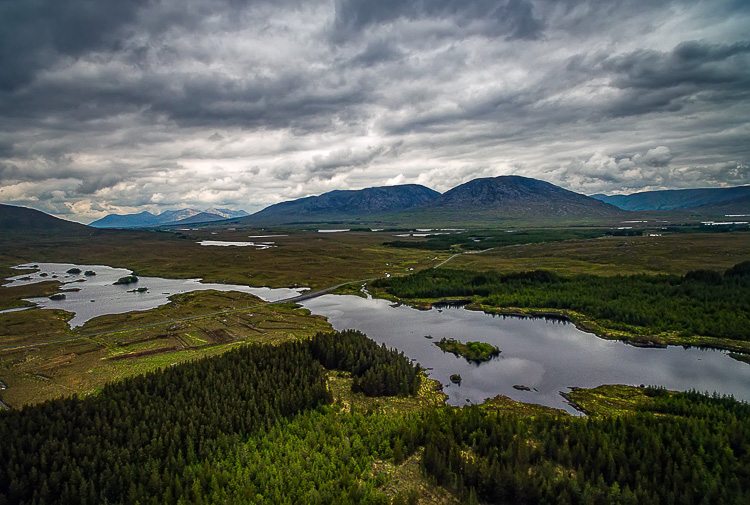
Getting started with your new dronе
I must admit, I was mistaken about drones. They are not only enjoyable and easy to fly but also significantly enhance your photography. Whether a drone is the right fit for you or want to shoot with varies from person to person, but even if you’re on the fence, I want to strongly encourage you to give it a try.
Adopting a “just get out there and do it” mindset might seem unconventional for flying drones, considering the potential for mistakes leading to crashes. However, there’s a straightforward rule that makes flying drones quite manageable – stay away from everything. Keep a considerable distance from trees, buildings, power lines, and the like. By adhering to this rule, the chances of encountering issues are minimized.
Do you have any additional drone tips to share with dPS readers? Please feel free to do so and showcase your drone tips and images in the comments below.

